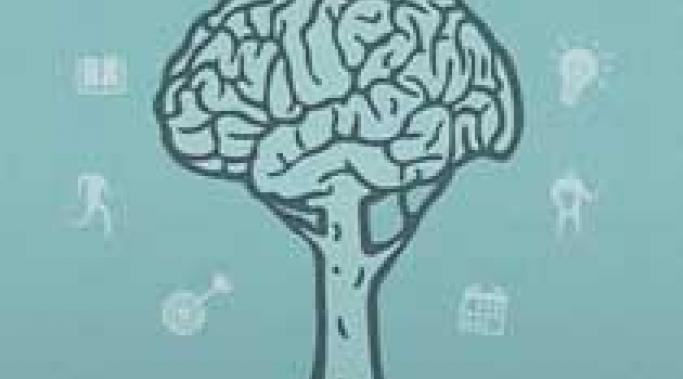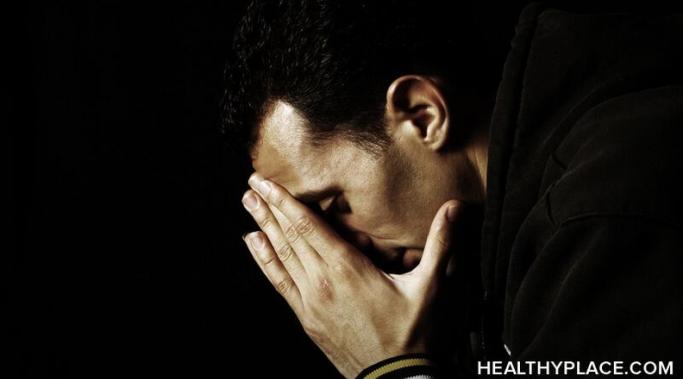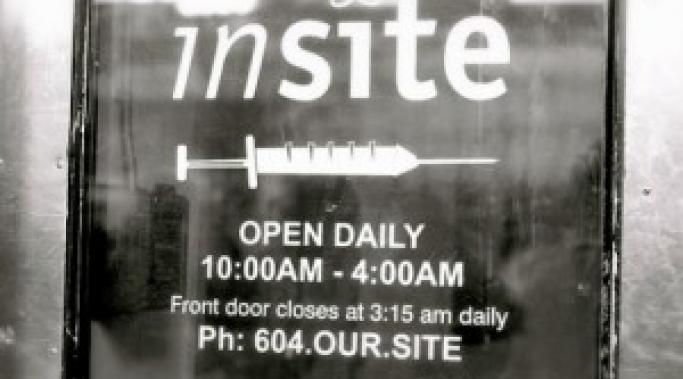Blogs
Positivity can quickly go out the window when parenting a child with mental illness. We get so caught up in the negativity that we can't see the positive things about our children. We get frustrated, upset, sad, etc when we feel stuck or alone. Add to that complaints that other people give about your child. We just can't see the positive.
Self-help apps for building confidence come in real handy and can be extremely helpful in developing confidence building skills. These mental health apps utilize difference types of therapies and work on your smartphone or tablet. That means that wherever you are, you can be building your confidence, managing stress or anger or working on other mental health issues you may be facing.
We should keep a fear journal because, well, life happens. Some things are good and, let's face it, some things are down right horrible. All the while we are trying to make meaning around what we experience. As we try to make sense of it, we weave a story of it in our heads. These stories shape how we perceive life, and the stories we tell ourselves can cause a lot of unnecessary fear. As we create our stories, it is hard not to weave these biases in. The best way to get around this is to keep a fear journal. Keeping a fear journal helps you change fearsome thoughts to more realistic ones.
Many with Schizophrenia, like myself, have experienced homelessness at some point in their lives. The experience can be humiliating and complicate the treatment and symptoms that we suffer through. It is nearly impossible to recover without this basic necessity.
Though the overall experience of homelessness was degrading, there was a certain freedom that it also allowed me.
My client, Selena, was raped at knifepoint in Los Angeles at the age of the twenty-three.
“I stayed quiet,” she recalls. “I did what he said. I didn’t struggle; I didn’t scream. I think it’s because I did those things that I’m still alive.”
While, rationally, Selena can imagine that giving up her response kept her safe, she’s plagued now by a persistent doubt in her ability to keep herself safe.
“Faced with any kind of threat in the future,” she tearfully explains, “I can’t trust myself to protect me.”
Everyone people watches – it is in our nature. Whether you’re at the mall or at a restaurant, you look at people and wonder who they are and why they do what they do. As a kid, I always played a game where I’d look at a person and guess what they’d do ‘when they grew up’. Now, I think we all still play that game, but that game has turned more into judging than a game of Make-Believe.
More than usual, I’ve been people watching and wondering things about the people who walk by. I look at the tall man in the suit, chatting away on the phone and wonder if he really enjoys his job. I look at the woman with seven kids trailing behind her and wonder what she does when she has a moment to herself.
I look at the teenager walking with his head down, bracelets lining his wrists, and wonder if he self-harms.
Recently, it was announced that the very first diagnostic brain scan for a mental illness became Food and Drug Administration-approved. This test uses electroencephalography (EEG) to diagnose attention-deficit/hyperactivity disorder (ADHD). Finally, people with a mental illness (in this case ADHD) can point to a biological test and say, look – see – my disorder is biological in nature and we can test for it.
It’s not terribly surprising that ADHD is the first disorder to have this type of test as we understand an ADHD brain better than we understand a brain with other disorders. Nevertheless, it won’t be the last. Scientists are actively working on diagnostic tests for depression, autism, bipolar and schizophrenia too.
And while I consider this a major breakthrough in our real, tangible understanding of mental illness, there are reasons why diagnosis by brain scans matters and reasons why it doesn’t.
Yesterday, The Indianapolis Star posted an article, complete with picture, about a man who attempted to commit suicide by having the police shoot him. One man, Robert Schiele, commented on the Star’s Facebook page:
“It's nice that at least he apparently didn't want to take anyone with him. I'll give him props for that. But if he just wanted to die, he could've killed himself easily enough without wasting taxpayer dollars by getting police involved. Maybe he's really not suicidal at all? Could just be hoping for a ‘reality show’ deal?”
Typically, when people talk about bipolar disorder, the extent of their understanding and knowledge about the disorder is that we have our ups and downs. We become depressed, followed by an episode of mania (intense energy and ups). Many people who do not live with bipolar disorder or do not have experience with it do not understand that we live with so much more – the good and the bad.
In a recent column for the Calgary Herald, writer Licia Corbella states that she believes Glee star Cory Monteith would still be alive today if it wasn't for Vancouver's safe injection site, Insite.
As a professional who works with people struggling from addiction from both a harm reduction and an abstinence model, I barely even know where to begin with addressing how wrong and distorted her views are.
Ms. Corbella's views can be read right here.









